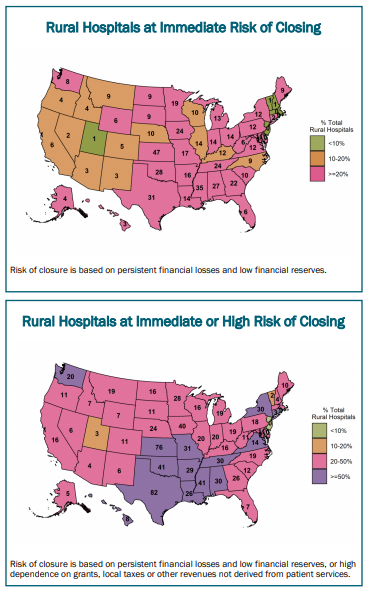Millions of Texans have lost power after the state's electrical grid was unable to cope with extreme winter weather. Some conservative pundits and state lawmakers have cited reports of frozen wind turbines as evidence that the state must be relying too much on renewable energy, but that's not true, Erin Douglas and Ross Ramsey report for The Texas Tribune.
"An official with the Electric Reliability Council Of Texas said Tuesday afternoon that 16 gigawatts of renewable energy generation, mostly wind generation, were offline. Nearly double that, 30 gigawatts, had been lost from thermal sources, which includes gas, coal and nuclear energy," Douglas and Ramsey report. "It’s estimated that of the grid’s total winter capacity, about 80% of it, or 67 gigawatts, could be generated by natural gas, coal and some nuclear power. Only 7% of ERCOT’s forecasted winter capacity, or 6 gigawatts, was expected to come from various wind power sources across the state."
Natural gas seems to be the energy source least able to cope with the spike in demand, with gas freezing in pipelines without winter insulation. Michael Webber, an energy-resources professor at the University of Texas, told the Tribune that the gas industry is producing much less power than usual. Dan Woodfin, a senior director at ERCOT, which manages the electric grid in Texas, said on a Tuesday call with reporters, "It appears that a lot of the generation that has gone offline today has been primarily due to issues on the natural-gas system."
Winter weather problems with natural gas are not new, Jason Whitely reports for the Dallas Business Journal. After a winter weather disaster in 1989, the Public Utility Commission of Texas recommended that natural-gas generators and producers winterize their operations, but didn't make it mandatory as other states have. Another such disaster in 2011 prompted the Federal Energy Regulatory Commission and the nonprofit North American Electric Reliability Corp. to issue a report saying the same thing, but it was largely ignored.
Both wind turbines and natural-gas pipelines can be winterized, but many Texas power generators haven't made the investment because the state doesn't often get such cold weather. Compounding the problem, Texas has its own electrical grid, meaning the state can't easily import electricity, Matt Egan reports for CNN Business.
UPDATE, Feb. 18: "Texas counts on wind to meet only 10% of its winter capacity, according to the state’s grid manager," The Wall Street Journal reports. "Natural gas and coal make up the lion’s share, comprising 82%. Sure, some wind turbines glitched under cold weather conditions, but so did natural gas- and coal-fired power."










